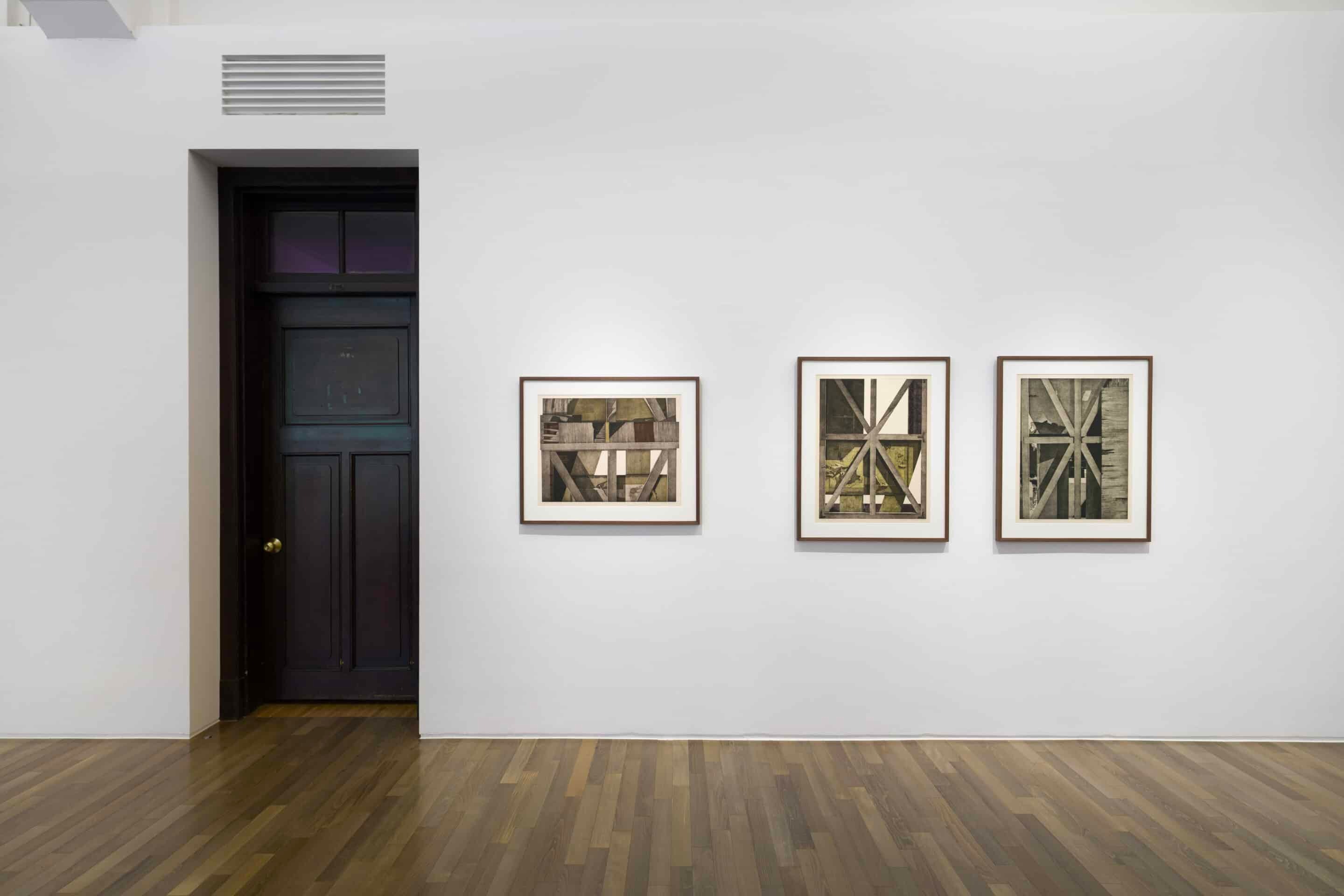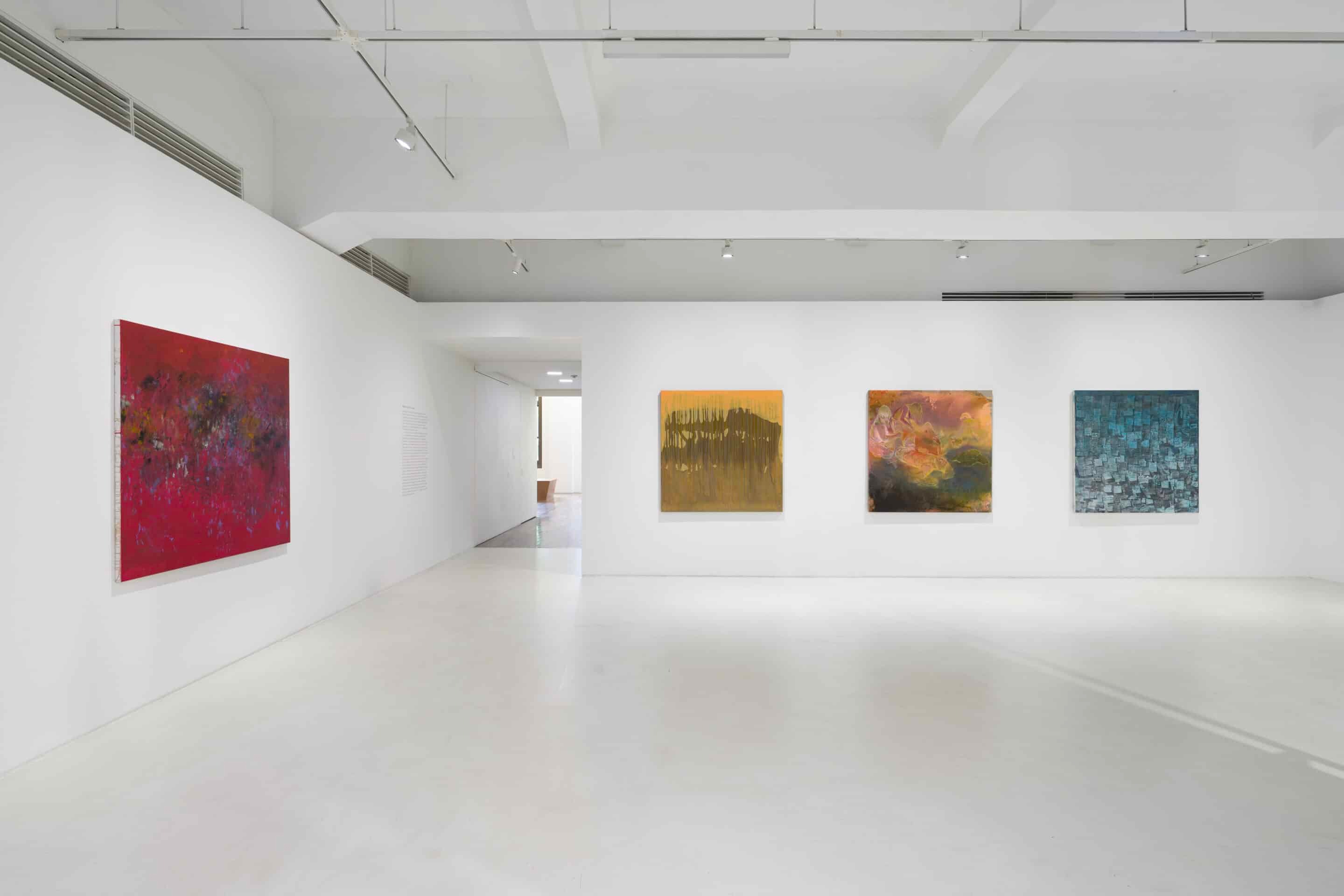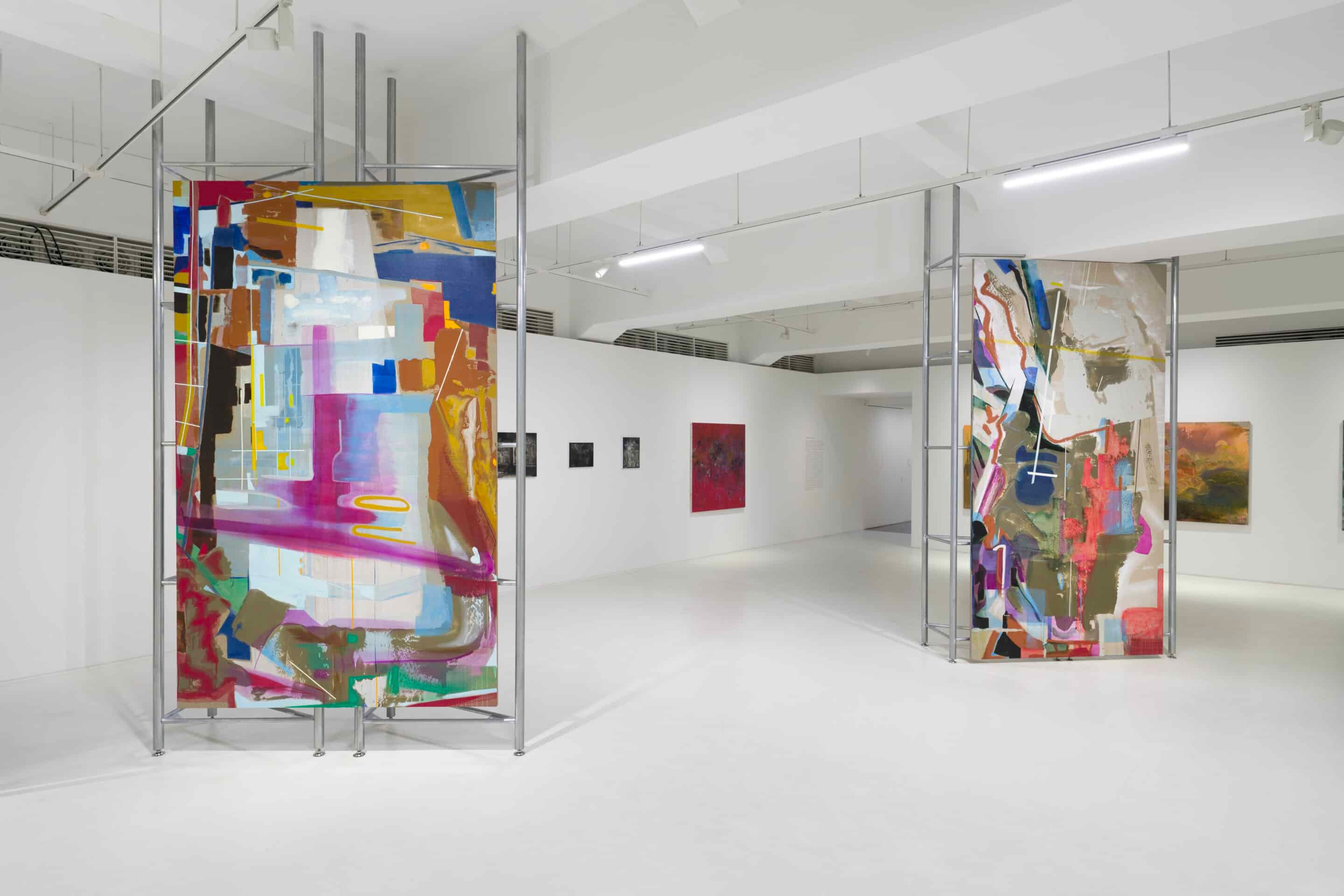
| Period| | 2025.08.22 - 2025.10.26 |
|---|---|
| Operating hours| | 19:00 |
| Space| | Ilmin Museum of Art/Seoul |
| Address| | 152, Sejong-daero, Jongno-gu, Seoul, Republic of Korea |
| Closed| | Mon |
| Price| | |
| Phone| | 02-2020-2050 |
| Web site| | 홈페이지 바로가기 |
| Artist| |
김현진,마르쿠스 뤼페르츠,심현빈,나디아 지와
|
정보수정요청



|
|
Exhibition Information




Everyone sees reality through images. Once defined as mental representations that reframed or reassembled visible reality, images now arrive before reality itself, shaping the world we come to see. In other words, we no longer accept the image as an outcome of the real but as a precondition that defines the real. Contemporary art, too, draws from this expanded field of images. But if art both originates from and culminates in image, how then do artists and artworks engage with the real? Whereas postmodernism exposed the end of representation through its endless production of signs, art today wrestles not with the image as an illusion of the real but as a phenomenon in its own right. In such an era, representation is not a chain to be avoided or severed, but a link to be restored in order to stand firmly upon the world. This is why the question of figuration is being posed once again today. Figuration Circuits: Dong-A Art Festival and Its Era (hereafter Figuration Circuits) is an exhibition that examines the era of figuration as a pivotal moment in the modern trajectory of Korean art. The 1970s marked both the apex of Dansaekhwa and the emergence of a new sensibility toward reality within the dominant formalist paradigm. Institutionally, artists began challenging the rigid state-controlled aesthetics of the annual National Art Exhibition (the “Gukjeon” hosted by the Ministry of Education, 1949―1981), which had long dictated the terms of artistic legitimacy. It was within this ferment that Dong-A Ilbo Newspaper and Dong-A Broadcasting launched Dong-A Art Festival in 1978 and proposed “New Figuration” as a way to reimagine how art might engage with the world. What is particularly notable here is the term “figuration.” While the Korean art world had long used the expression “representation (gusang)” to narrowly refer to a realistic style of depiction, “figuration (hyungsang)” suggested a departure from this framework and gestured toward an aesthetic pathway that was neither mimetic representation nor pure abstraction. While the festival featured two different categories of painting and sculpture, the awardees of each category often resisted medium-specific conventions, instead showcasing formal experimentation that reflected the event’s ethos. In the 1980s, the pursuit of figuration was taken up alongside the achievements of a group of experimental artists, framed by growing interest in dematerialization, pluralism, and playful engagements with everyday life. In the 1990s, it laid the groundwork for the rise of Korean postmodernism. The figuration discourse also mirrored societal transformations in Korean life. By the late 1970s, South Korea was navigating the turbulence of unprecedented “development projects” marked by compressed modernization and the authoritarian Yushin system (revitalizing reform). In cities dominated by standardized apartment blocks, individuality was located in heightened sensory awareness of reality within an anonymous world. That is, the intimate, micro-level details became the aesthetic building blocks of individuality and identity. While community ideology continued to govern daily life, the quotidian minutiae—brick buildings in old alleyways, the cold grip of a bus handle, the television, and imported consumer goods—drew a stark contrast with such rigidity. This proliferation of material culture could not be adequately accounted for or represented by distorted modernist art or world-transcending spiritual art. In this regard, figuration, as it emerged through Dong-A Art Festival, was the most straightforward resolution to this problem. Notably, around this time, Korea saw a rise in Minjeon (non-government juried exhibitions) organized by media outlets, such as JoongAng Ilbo (JoongAng Fine Arts Prize) and Hankook Ilbo (The Korean Art Grand Award Exhibition). That is, the media’s mission to reflect the reality of a transformed world converged with art’s own ambitions. Moreover, the era of figuration spurred a resurgence of representational art, which evolved into movements such as Neo-Expressionism, New Figuration, and Free Figuration. The “new expressivity” of this period sought to view the world as a mixture of non-hierarchical subjects to achieve a technical unity between perception and expression. From the 1980s onward, a small group of artists persistently pursued this “realness,” and by the 2000s, a style of painting arose that recomposed photographic and screen-based imagery or fused psychological interiority with contemporary landscape. In the spring of 2023, Ilmin Museum of Art presented Hysteria: Contemporary Realism Painting (2023), mapping the genealogy of these scattered practices of figuration and highlighting their art historical significance. Figuration Circuits, in turn, foregrounds an alternative, less-examined lineage. Featuring awardees of Dong-A Art Festival—Byun Chong Gon, Lee Seung-taek, Park Jang Nyun, Han Unsung, Kwack Jung-myung—as well as their contemporaries—Georg Baselitz, Markus Lüpertz, Jung Kangja—and later artists who shaped the artistic terrain of “that era,”—Kong Sung Hun, Jung Seokhee, Leeje, Park Gwangsoo, Ho Sangun, Kim Seeun, Shim Hyeonbeen, Nadya Jiwa, Kim Hyunjin—the exhibition identifies a series of interwoven trajectories. Figuration Circuits addresses only a portion of the broad discourse of figuration. First, it departs from the established understandings of hyperrealism. While hyperrealism played a key role in early discussions of figuration, this exhibition focuses on the realist tendencies and artists who sought the sense of presence rather than precision. Second, it distinguishes figuration from its latter iteration that intersected with 1980s Minjung art. That intersection has been extensively studied, and the resulting discourse—extending into post-Minjung theory—has left both achievements and limitations as a dominant critical language for interpreting contemporary figuration. This exhibition seeks to illuminate figuration as an aesthetic endeavor that emerged outside of this framework. The figurative forms presented in this exhibition often arise from a sense of shock, a certain inversion of senses, or from reactions to a shifting media environment. Similarly, contemporary art today appears less concerned with dismantling representation as illusion than with mediating phenomenological experience based on an expanded concept of realism. The impulse toward figuration endures today because the capacity to produce images of such gravity and slowness remains art’s distinct way of pressing up against reality. This aspect of art resonates with the original ambition of Dong-A Art Festival to “seek out a reality and truth capable of exerting a direct impact,” and to present “reality itself, rather than something that merely references it.” In this sense, “figuration circuits” refer both to the way that art gains power by connecting with reality and to the artistic practices that shine within a complex network of disparate spaces and timelines. Period 2025.8.22.(Fri)―10.26.(Sun) Venue Ilmin Museum of Art (Exhibition Hall 1, 2, 3 and Project Room) Organized by Ilmin Museum of Art Sponsored by Arts Council Korea, Hyundai Sungwoo Holdings
